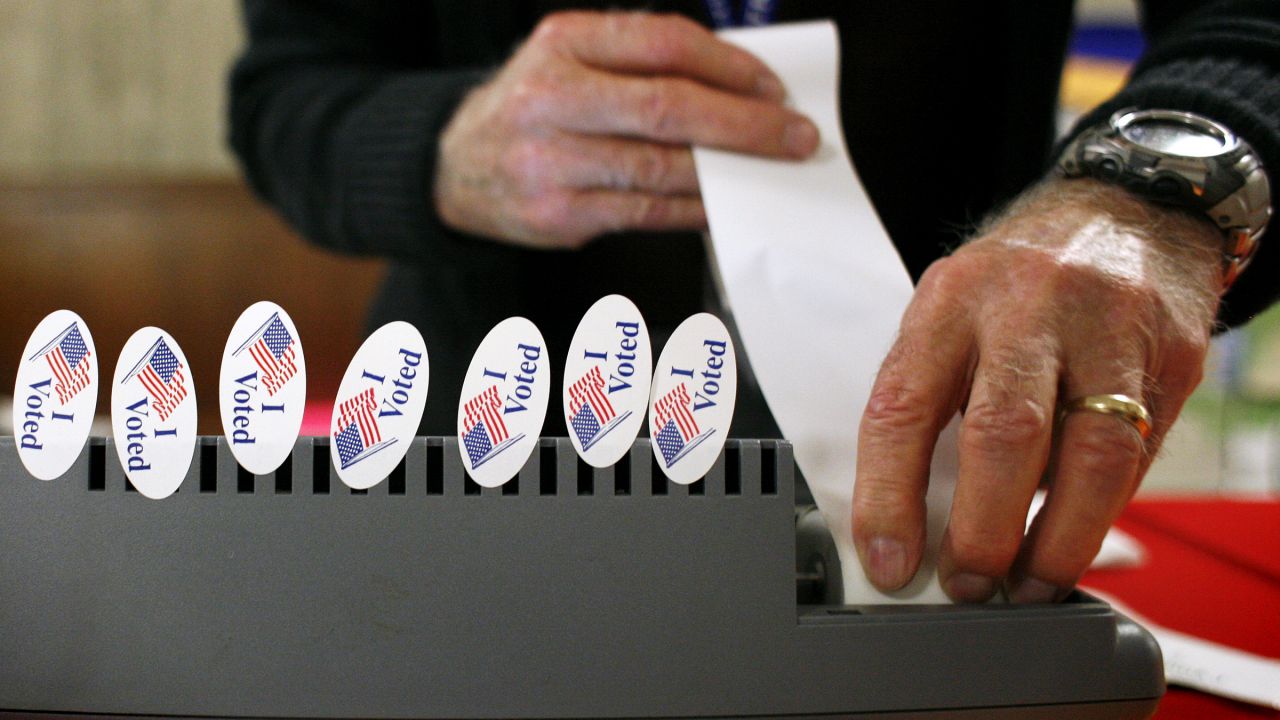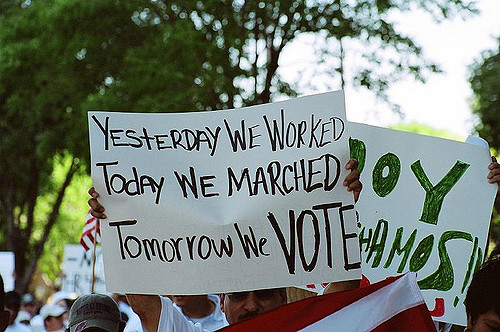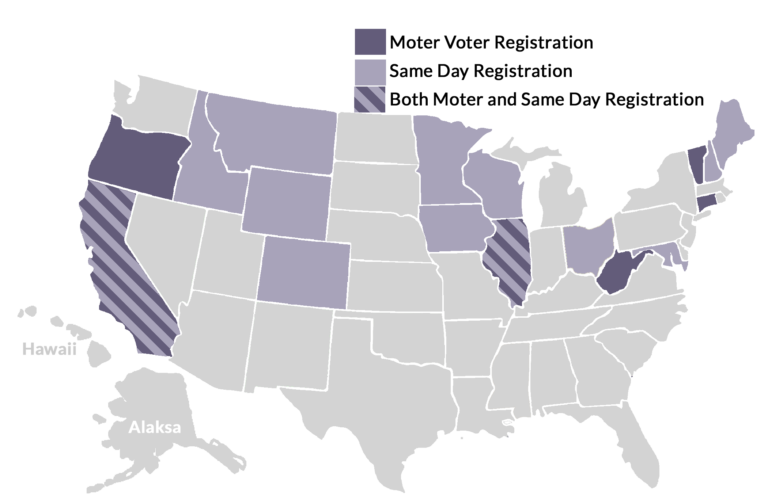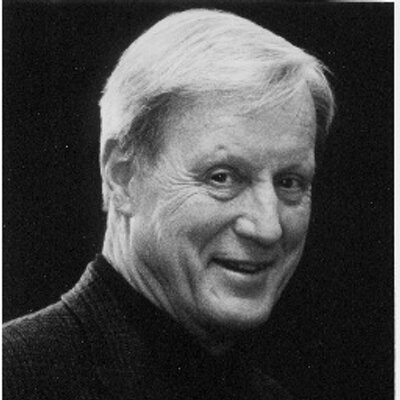
This post originally appeared at Reclaiming the American Dream.
“We make voting convenient with vote by mail and by sending a voters’ guide to every household in the state,” says Oregon Secretary of State Jeanne Atkins. “We make registration simple, with both automatic registration and online registration. These pioneering policies are good for civic engagement and voter participation.”
Oregon is a pathfinder in making it easier for Americans to register and vote. It’s the first state to enact universal “Motor Voter” legislation, where the DMV (Department of Motor Vehicles) automatically registers people as they apply for or renew their driver’s license. Oregon’s law had rapid impact. Adopted in 2015 by the Democratic majority in the state legislature, it went into operation on Jan. 1, 2016 and by May 31, the Motor Voter system had added 68,583 new voters.
With time, Atkins predicts, Motor Voter “will become the norm for voter registration in Oregon, allowing us to put a ballot in the hand of nearly every single eligible voter who wants one.” Oregon data indicates the system could reach more than 700,000 eligible but still unregistered voters.
Momentum Behind Voter Reforms
California is hard on Oregon’s heels, slated to put its huge, computerized Motor Voter system into full operation in 2017. Its sponsor, Secretary of State Alex Padilla, predicts “the largest voter registration drive in the nation’s history” by making registration easier for the estimated 6.6 million Californians who are eligible to vote but not not registered.
“There will be a huge influx of new voters, and that’s good for our democracy,” Padilla asserts. “We want to serve as a contrast to what we see happening in other states, where they are making it more difficult to register or actually cast a ballot. I think that’s flat out un-American, and we can show a different, better way with the automatic registration system.”
In 2016, while a score of states were making it tougher to vote through stricter voter-ID laws and fewer voting days, Illinois, Vermont and West Virginia passed Motor Voter laws. In Connecticut, the Secretary of State and the DMV announced plans to implement a streamlined motor voter system in 2018. These moves all grow out of the 1993 National Voter Registration Act, which required the 50 states to offer anyone the right to register to vote while getting or renewing a driver’s license or other state IDs.
“The momentum is very real,” says Jenny Flanagan, vice president of Common Cause, the nonpartisan citizen advocacy group. Flanagan sees the early adopters of Motor Voter as harbingers of what she forecasts will be a “sweeping reform” in voter registration, though this strategy faces an uphill struggle in the 30 states where Republicans control the legislatures and the 32 states with GOP governors.
The US Is Missing 41 Million Voters
But the tens of millions of unregistered voters, vastly more than most people imagine, represent a gaping hole in American democracy. In 2014, a US Census Bureau survey found that at least 41.1 million US citizens of voting age were not registered to vote and that another 37 million might not be registered since they did not answer the survey question about registration. In sum, the agency said, it could only confirm that 142 million of 219 million Americans eligible to vote, were actually registered.

The grass-roots connection between jobs, reforms and the right to vote. (CC) @NaomiAKlein. Claudia A. De La Garza.
One major obstacle is that we as a people move a lot and voter registration does not automatically follow us, even for moves within the same state. “Many Americans falsely believe that their registration automatically updates when they move,” says Barry Burden, a political scientist and director of the Elections Research Center at the University of Wisconsin-Madison. “Residency requirements in many states effectively disenfranchise recent movers. It is not surprising that young people and other groups that are more transient are less likely to register and vote.”
“Many other countries automatically register voters,” observes political science professor Jim Moore of Pacific University in Oregon. “Their concept of democracy is not that it is a privilege, but that it is a right that all citizens share.” By contrast, the United States has no constitutionally guaranteed right to vote. “In some European countries, citizens’ voter registrations will automatically move if the citizen does,” Moore explains. “No need to re-register.
Democrats Push for Automatic Registration Law
In Congress, Democrats are pushing for America to adopt the European system and enroll those 41 million missing voters. Last year, Rhode Island Democrat David Cicilline and 100 co-sponsors proposed legislation for automatic voter registration. In mid-July, several Senate Democrats led by Vermont’s Pay Leahy, the ranking Democrat on the Senate Judiciary Committee, put in a similar bill aimed at making voter registration far easier, cheaper and more accurate by making it automatic for American citizens once they reach age 18.
The Leahy bill, co-sponsored by Sens. Dick Durbin of Illinois and Amy Klobuchar of Minnesota, requires that every time an American of voting-age interacts with several designated state or federal agencies, that person will be “automatically” registered to vote unless the person opts out of registration.
The automatic registration system will go into effect at agencies currently required by the National Voter Registration Act of 1993 to provide voter registration services, such as each state’s DMV (Department of Motor Vehicles), social service agencies and agencies serving people with disabilities. Says Leahy: “There is no reason why every eligible citizen cannot have the option of automatic registration when they visit the DMV, sign up for healthcare or sign up for classes in college.”
No Republican has signed on to either the Senate or House bill.
Same-Day Registration Boosts Voter Turnout
In the absence of action by Congress, the most direct way for states to counter the plight of Americans on the move is same-day registration, allowing people to register on Election Day when they come to vote. Eleven states and the District of Columbia permit same-day registration and three others have adopted laws for same-day registration but need time to get their systems up and running.
This voter-friendly strategy was pioneered by Maine in 1973. Minnesota in 1974 and Wisconsin in 1975 followed quickly. Other states offering same-day registration, mostly adopted in recent years, are Colorado, Connecticut, Idaho, Illinois, Iowa, Montana, New Hampshire and Wyoming. In addition, Maryland offers same-day registration during its early-voting period and Ohio offers it during a few days of its early-voting period. California, Hawaii and Vermont have enacted same-day registration but have not yet applied it. From 2014 to 2016, Utah has run a pilot project to test same-day registration.
Same-day registration has a positive effect on turnout, causing increases of two to eight percentage points, according to a new report on American elections by the investigative arm of Congress, the GAO or Government Accountability Office. Its findings are based on analysis of elections from 1980 through 2006.
That analysis is borne out among states with the highest voter turnout rates. The top five states in the last four presidential elections were Minnesota (74.5 percent), Wisconsin (73.0), Maine (70.8), New Hampshire (69.8) and Iowa (69.6). All have same-day voter registration, three of them for 10 presidential elections.
Strict Photo-ID Laws Reduce Turnout
By contrast, the GAO reports that strict voter-ID laws have the opposite effect – they depress voter turnout. In a 2014 report, the GAO found a decline of two or three percent in turnout in Kansas and Tennessee from the 2008 to the 2012 presidential election, after the strict ID law was applied. And the declines were most pronounced among African-Americans, new voters and the young (18 to 23).
Many other variables affect voter turnout, political analysts tell us – age, level of education, the local civic culture and the competitiveness of campaigns. Seniors vote at much higher rates than 18-to-34-year-olds. The college-educated vote more frequently than people with high school education or less. The Upper Midwest is known for its culture of civic engagement. Plus, hot races bring out the voters.
“[If] everybody thinks their vote matters, you get a higher turnout,” says Elaine Kamarck, a senior fellow at The Brookings Institution in Washington. “This explains why voter turnout is lower in elections in which candidates run unopposed, as well as why voter turnout rates during primary elections fall over time, as … it becomes clear who the nominee will ultimately be.”
Lowering the Barriers
Against this backdrop, reformers are focused on lowering the barriers. In addition to Motor Voter and same-day registration, two of the major tools for widening voter access and participation are online registration and mail-in voting. Online registration is on its way to becoming universal: 31 states have adopted it and seven more have passed legislation to create online systems.
Just three states, Colorado, Oregon and Washington, have adopted voting by mail for all elections, though another 19 states use mail-in voting for some elections and others have easy rules for absentee voting by mail. Oregon pioneered mail-in voting starting in 1998 and with that system, achieved the nation’s sixth-highest voter participation rate (69.1 percent) in the last four presidential elections, even though, unlike the top five, it lacks same-day registration.
As a purple swing state, Colorado passed a plan in 2013 to maximize voter participation through a multi-pronged effort, including mail-in voting. Now it mails out ballots to every registered voter but gives voters the choice of whether to vote by mail or in person.
That system gets high marks from such voter advocates as Ellen Dumm of Coloradans for Voter Access and Modernized Elections as an answer to the headache of so many people on the move “showing up at the wrong precinct. This really does expand access to voting…This makes voting a lot easier.”





